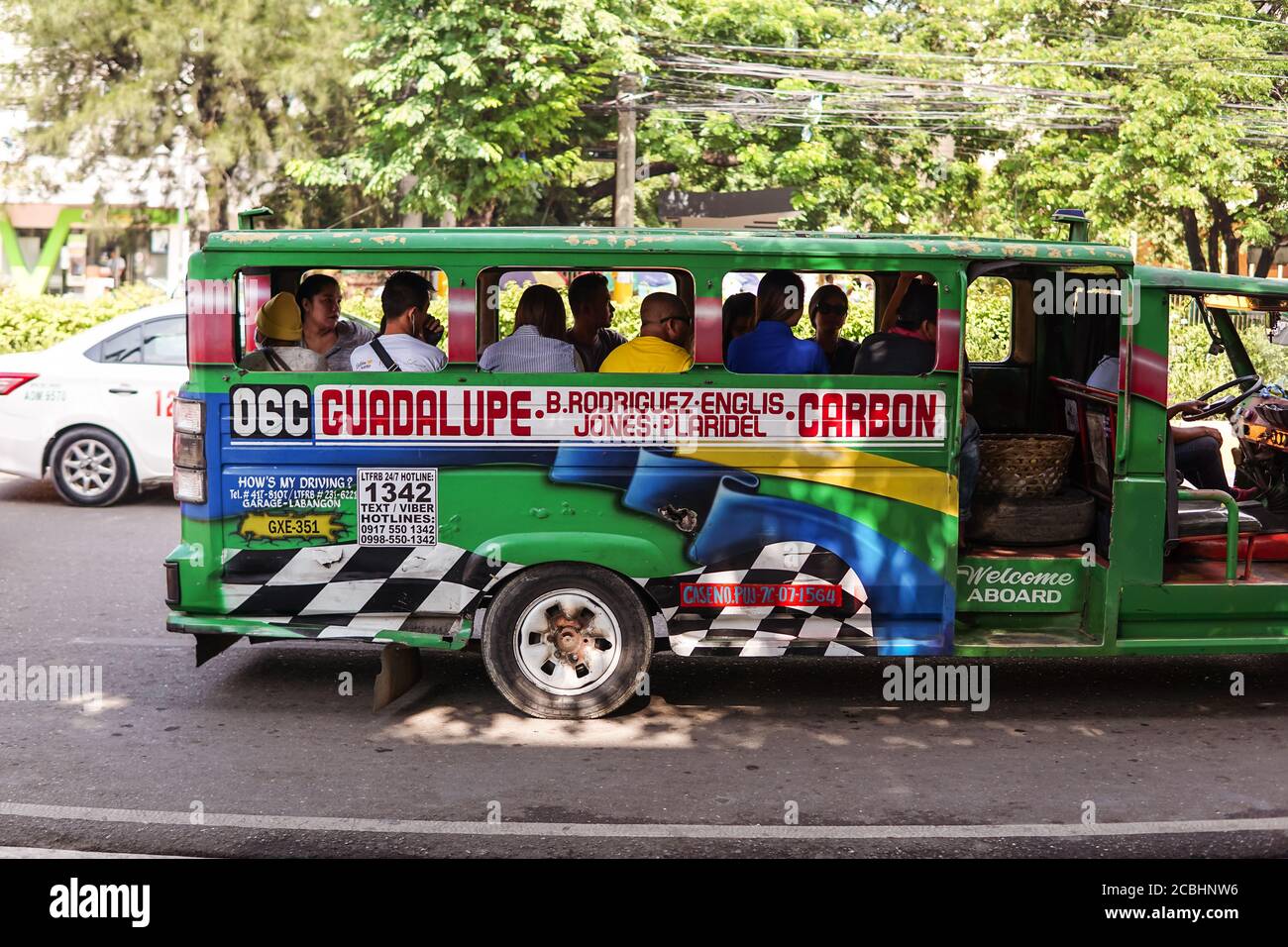Boost Brand Name Reach with Transit Advertising Philippines
Boost Brand Name Reach with Transit Advertising Philippines
Blog Article
A Comprehensive Exam of the Approaches and Techniques for Effective Transportation Marketing Campaigns
Transit advertising and marketing projects use a distinct possibility for brands to engage with diverse target markets in vibrant settings. As we explore these critical elements, it comes to be clear that the path to an impactful transportation advertising technique is both fulfilling and detailed, increasing the question of exactly how best to browse these complexities for maximum brand presence.
Recognizing Target Demographics
Understanding target demographics is critical for the success of transportation ad campaign (Transit Advertising Philippines). Identifying details target market sections enables marketers to tailor their messages efficiently, making certain that the web content reverberates with the designated customers. This approach boosts involvement and makes best use of roi
To effectively examine target demographics, marketing professionals need to take into consideration several crucial factors, consisting of age, income degree, occupation, and way of living preferences. For circumstances, a project focused on young specialists might focus on comfort and modernity, while one targeting families might highlight safety and security and dependability. In addition, geographical variables such as rural versus urban setups can significantly influence customer actions and preferences.
Data collection methods such as studies, emphasis groups, and social media sites analytics offer valuable understandings right into market fads and customer habits. By leveraging this details, marketers can craft compelling stories that line up with the worths and needs of their target audience.
Eventually, recognizing target demographics not only notifies the critical direction of transit ad campaign yet likewise makes sure that resources are alloted effectively. This targeted method boosts the possibility of attaining project objectives, cultivating brand name commitment, and driving conversions.
Creative Layout Techniques
Reliable communication with target demographics relies greatly on ingenious imaginative layout strategies en route advertising and marketing campaigns. To efficiently catch focus in a congested visual setting, developers need to focus on quality and aesthetic influence. Using high-contrast components and bold colors can improve exposure, ensuring that messages are easily legible from a range.
Including vibrant imagery that resonates with the target audience is crucial. Aesthetic storytelling techniques can evoke feelings and develop remarkable associations with the brand name. In addition, strategic use typography assists communicate important details promptly; appropriate dimensions and clear font styles even more enhance readability.
Incorporating interactive aspects, such as QR codes or increased truth attributes, can engage commuters beyond passive observation (Transit Advertising Philippines). These methods not just advertise individual interaction but likewise bridge the space between typical advertising and marketing and electronic engagement
Furthermore, making use of room artistically-- whether on bus covers, transportation shelters, or metro ads-- can cause cutting-edge designs that damage the mold and mildew of conventional advertising and marketing. By embracing creative imagination while maintaining brand name uniformity, campaigns can foster a strong link with their audience, ultimately driving both recognition and action. The integration of these design strategies is extremely important for attaining effective transportation advertising outcomes.
Strategic Placement Methods
Taking full advantage of the effect of transit advertising rests on critical placement approaches that make certain ideal presence and involvement. Effective placement involves recognizing and assessing high-traffic locations traveler demographics to determine the most useful areas for advertisement displays. As an example, positioning advertisements near entrances and leaves of transportation lorries can catch the attention of boarding and alighting guests, thus boosting exposure.
Additionally, using both outside and interior surface areas of transportation vehicles can substantially widen reach. Exterior advertisements, noticeable throughout commutes, involve pedestrians and various other vehicle drivers, while indoor ads target passengers in a captive environment. Furthermore, putting promotions in transit hubs, such as bus terminals or you can try this out train terminals, enables enhanced perceptions as travelers change in between various modes of transportation.
Timing is also important; lining up the campaign launch with peak traveling durations maximizes target market interaction - Transit Advertising Philippines. Additionally, leveraging electronic screens in transit atmospheres can facilitate dynamic material, boosting resource and offering real-time updates customer interaction. By utilizing these calculated placement approaches, marketing experts can make sure that their transportation marketing campaign attain optimal exposure, reverberate with the target market, and ultimately drive preferred results

Measuring Project Efficiency
To evaluate the success of transit advertising campaigns, it is important to utilize a range of dimension techniques that supply understandings right into audience involvement and total effectiveness. One primary method is the use of vital efficiency signs (KPIs), such as reach, impressions, and engagement prices, which quantify the number of people communicated and watched the promotion with it.
Surveys and focus groups can also be important in evaluating consumer assumptions and recall, allowing marketers to understand the influence of their messaging. In addition, tracking website web traffic and social media sites engagement throughout and after the campaign helps measure straight actions to the advertising and marketing.
An additional reliable method is utilizing location-based analytics, which can give data on foot web traffic around specific transit places, providing understandings into whether the project efficiently recorded the attention of commuters. Additionally, assessing sales information can expose connections in between transportation marketing and enhanced revenue, providing tangible proof of a campaign's performance.
Situation Research Studies of Success
Understanding the efficiency of transit advertising and marketing campaigns through measurement techniques lays the foundation for checking out real-world examples that highlight successful end results. By employing geo-targeted digital ads and analytics, the brand measured a 30% rise in sales in areas where the wraps were plainly displayed, demonstrating the direct influence of transportation marketing.
One more compelling example comes from a neighborhood not-for-profit company that launched a project on train systems to advertise a neighborhood occasion. The usage of straight interaction with technology intensified the campaign's reach and effectiveness.

Verdict
In recap, effective transportation advertising and marketing projects demand a comprehensive strategy that integrates an understanding of target demographics, ingenious style techniques, and calculated positioning. Jointly, these techniques foster brand name visibility and make the most of the return on investment in transit advertising and marketing campaigns.
Understanding target demographics is crucial for the success of transportation advertising campaigns.Reliable communication with target demographics relies greatly web on ingenious imaginative style techniques in transit advertising projects. By employing these tactical placement approaches, marketers can make sure that their transit advertising and marketing campaigns achieve maximum visibility, resonate with the target audience, and inevitably drive wanted results.
Understanding the performance of transit marketing projects through dimension methods lays the foundation for analyzing real-world instances that show successful results.In recap, successful transit marketing projects require a thorough approach that integrates an understanding of target demographics, ingenious design methods, and strategic positioning.
Report this page